Walkabout: The Ward Bakery Company, a Tip-Top Company, Part 2
Read Part 1 and Part 3 of this story. The Ward Bakery Company was one of Brooklyn’s largest commercial bakers, operating at the beginning of the 20th century. In 1911, their huge new gleaming white factory on Pacific Street and Vanderbilt Avenue began producing the first of millions of loaves of bread that would roll…
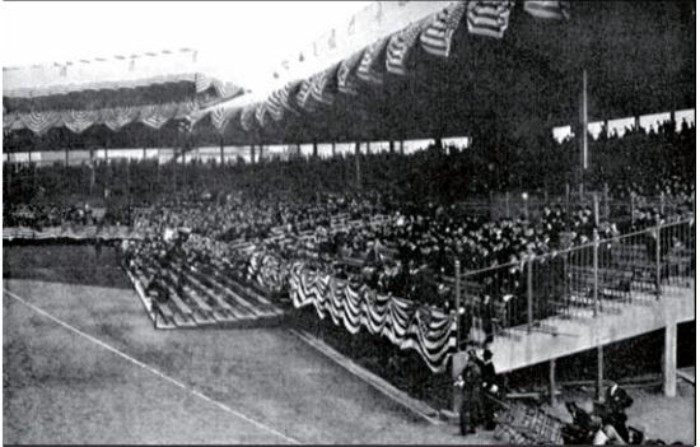

Read Part 1 and Part 3 of this story.
The Ward Bakery Company was one of Brooklyn’s largest commercial bakers, operating at the beginning of the 20th century. In 1911, their huge new gleaming white factory on Pacific Street and Vanderbilt Avenue began producing the first of millions of loaves of bread that would roll down their assembly line.
Ward’s was at the vanguard of a new kind of commercial baking. Gone were the bakers hand kneading their dough and shaping their loaves. Ward’s perfect loaves of bread were never touched by human hands.
As told in Part One, automated machines guided the baking process from the measuring of the flour until the packaging of the finished product. The customer’s hand that opened the package and lifted out that fresh loaf, ready to be sliced, was the first human hand on each loaf. Their advertising proudly proclaimed this, a guarantee of pristine freshness.
The new plant and all of Ward’s activities were the brainchild of the Ward family. The company had been started by James Ward in 1849, in a little bakery shop in Manhattan. James’ son Hugh, and his sons Robert and George had taken the company first to Pittsburgh, and then in 1910, back to New York.
In the years between, they had grown the company and were among the largest commercial bakers in a territory covering the market from Chicago to Boston, New York and Pittsburgh.
The new plant in Brooklyn had a twin in the Bronx, built at the same time. Both plants produced Tip Top Bread, the company’s signature loaf. These two factories produced all of the Ward’s bread sold in the metropolitan area.
Because of the company’s promise of cleanliness and freshness, Ward’s was the first baking company in the country to abandon the horse drawn delivery wagons for the automobile. Within the first year of operation, all of Ward’s breads came to their customers in gleaming white trucks.
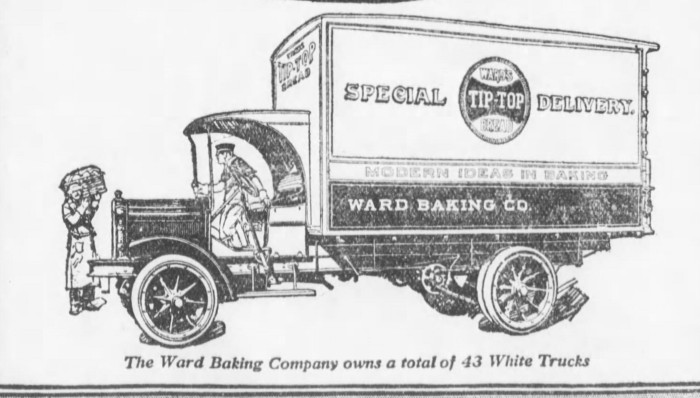
Robert C. Ward was the company leader during this time. His father had cut him no slack as a young man, and Robert worked his way up the ladder, with the same pay as the other workers in the Pittsburgh bakeries. He started out on the bottom, was promoted to foreman, and remained there for several years, learning the business.
During his younger years in Pittsburgh, Robert Ward religiously put aside a sum of money so that he could indulge in his one great love outside of the business – baseball. Because he was the night foreman, he went to every home game his team played. He became a connoisseur of the nuances of a sport that was still growing in sophistication.
Now that he was a wealthy man, he began to take an interest in Brooklyn baseball. He had been approached by James Gilmore, the president of the Federal League of Baseball Clubs, the upstart organization started in 1914 as competition for the American and National Leagues.
Gilmore wanted him to take start a Brooklyn team. The Federal League was called the “Outlaw League” because its members wanted to rock the boat established by the American and National Leagues, which had been limiting the number of clubs that could join the league.
James’ brother George was as big a baseball fan as his brother was, and the two men decided to finance a team in 1914. The official name of the club was the Brooklyn Federals, or Brookfeds, but to everyone, they were the Tip-Tops, named for the Ward Bakery’s famous bread. They became a team in 1914.
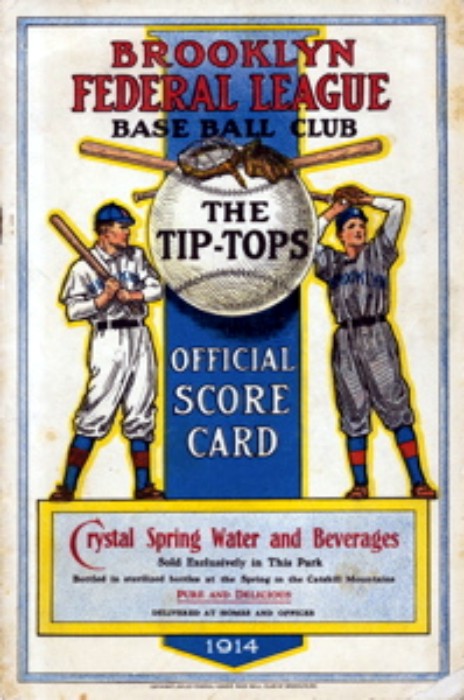
They had the big money behind them, but they weren’t very good. They had a few great players, in Tom Seaton, James Bluejacket and Steve Evans, but the rest of the team was pretty average. In their first season, they lost as many as they won, 77-77, and finished fourth in a league of six teams.
In their second season, in 1915, the team sported a patch with a loaf of bread on it. The Tip-Tops didn’t do very well that season either. In fact, they were pretty awful. But the Ward brothers didn’t care. Well, of course, they DID care, but they owned a baseball team! Who can say that? In order to drum up business, as well as provide a new ballpark to the city, they decided to rebuild the old Washington Park ball field.
Theirs was the third and final remake of this historic ball park. For the complete history of this park, see the excellent article on the brooklynballpark website. This third version of Washington Park was built where the second Washington Park had stood, between 4th and 5th Avenues and 1st and 3rd Streets.
The stadium and ballpark was designed by C.B. Comstock, the same architect the Wards had used for all of their factories, including the ones in Brooklyn and the Bronx. As he had proved with his factories, Comstock was an accomplished engineer as well as an architect.
He put together a grand plan for a new stadium and grandstand, and because time was short, the Ward brothers had it built in record time. The new stadium was built in steel, brick and concrete and cost almost half a million dollars to build.
The new stadium opened with great fanfare on May 11, 1915. 15,000 fans showed up for the first game, which the Tip Tops lost to Pittsburgh 2-0.
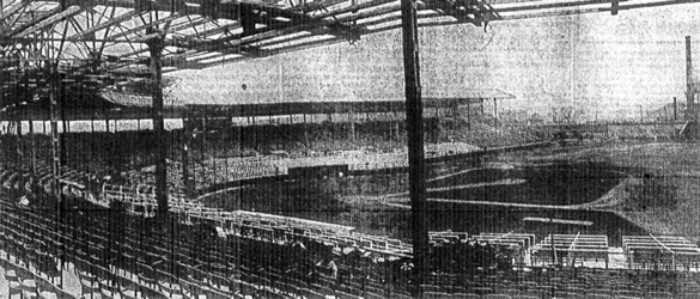
During the course of construction, one man had died when a scaffold collapsed, there were strikes, and the city threatened to shut them down and sue over the demarcation of 2nd Street. The street had already disappeared years before with the second Charles Ebbett stadium.
The Federal League died after that second year, which was probably a good thing for the Tip-Tops. Had it not been the uniqueness of their name, and the fact that it was Brooklyn, no one would probably remember them at all. Robert Ward’s passion had been a bust, financially speaking.
The ballpark lived on for a number of years, accommodating high school sports and special events like Buffalo Bill’s Wild West show. General Wingate, the head of the Public School Athletic League, tried to get the stadium as a permanent location for public school sports, but to no avail.
When the Federal League disbanded, the stadium officially passed to organized baseball, which really didn’t want it. During World War I, it was used as wartime storage, with the outfield used as a skating rink. The rink was used as a fundraiser to buy tobacco for the troops abroad.
In 1925, the site passed to the Brooklyn Edison Company. They tore down the stands a year later, and made the site a storage facility, surrounded by the original stadium walls. Brooklyn Ed’s successor, Con Ed, tore down most of the wall in 2010, despite an effort by Brooklyn baseball fans and historians to save it. Today, only a small part of the wall still stands along 4th Avenue.
As the Federal League was disbanding in 1915, its biggest booster, Robert Ward, died. He had been stricken with neuritis and rheumatism, and a fatal heart attack followed on October 18th, 1915. He had been at home in New Rochelle.
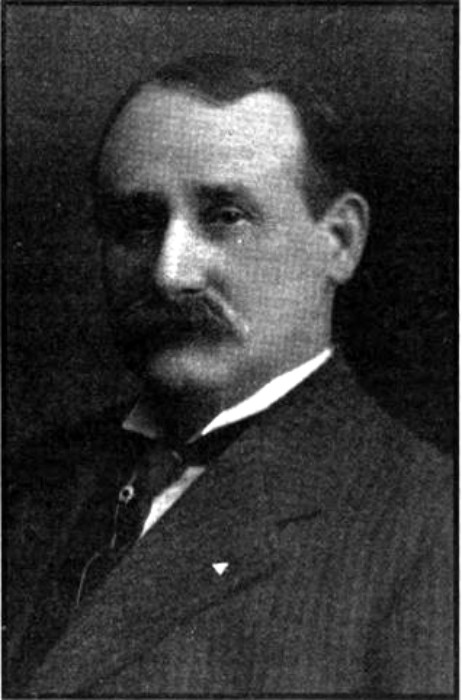
His obituary revealed that Ward had been a very busy man, indeed. In addition to being the president of Ward Bakery, he was also the vice president of the Liberty National Bank and the Liberty Savings Bank of Pittsburgh. He was a director of the Franklin Savings Bank & Trust of Pittsburgh, the vice president of the Federal League of Baseball, and the president of his club, the Tip Tops.
He was also on the boards of several cultural institutions, the American University in Washington DC, and was high up in rank in the Masons, and was a Shriner, and a Knights Templar, as well as a member of several prestigious social clubs in New York and Pittsburgh.
He was also involved in several charities and had established a summer camp for children of his employees. He was a faithful member of the Methodist Church, so much so that his team never played on Sundays, and gave generously to various religious causes.
He left behind his brother George and his own family. He and his wife had nine children, four sons and five daughters. Two of the sons, William and Howard, were in the baking business with their father and uncle.
Robert Ward died just as the baking business was about to move into another important phase of development. That story and the conclusion of the history of the Ward Bakery Company next time.
Top photo: Washington Park, home of the Tip Top Baseball club. 1915. From Baseball Magazine, 1915

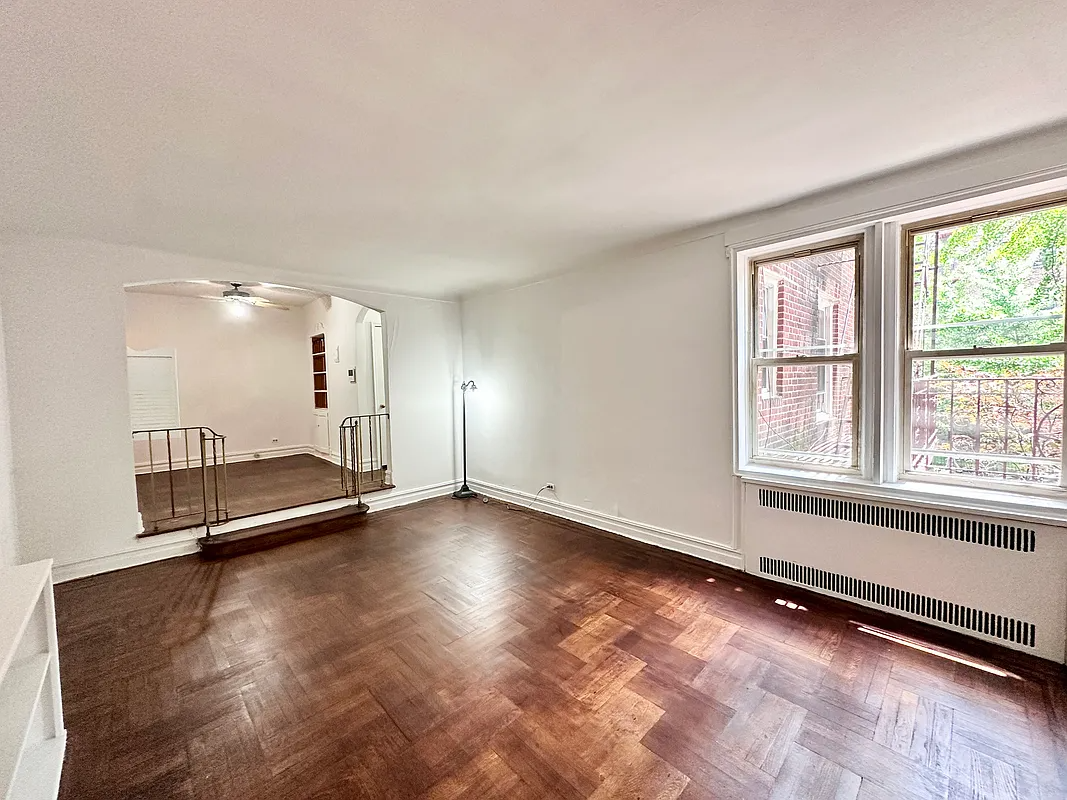
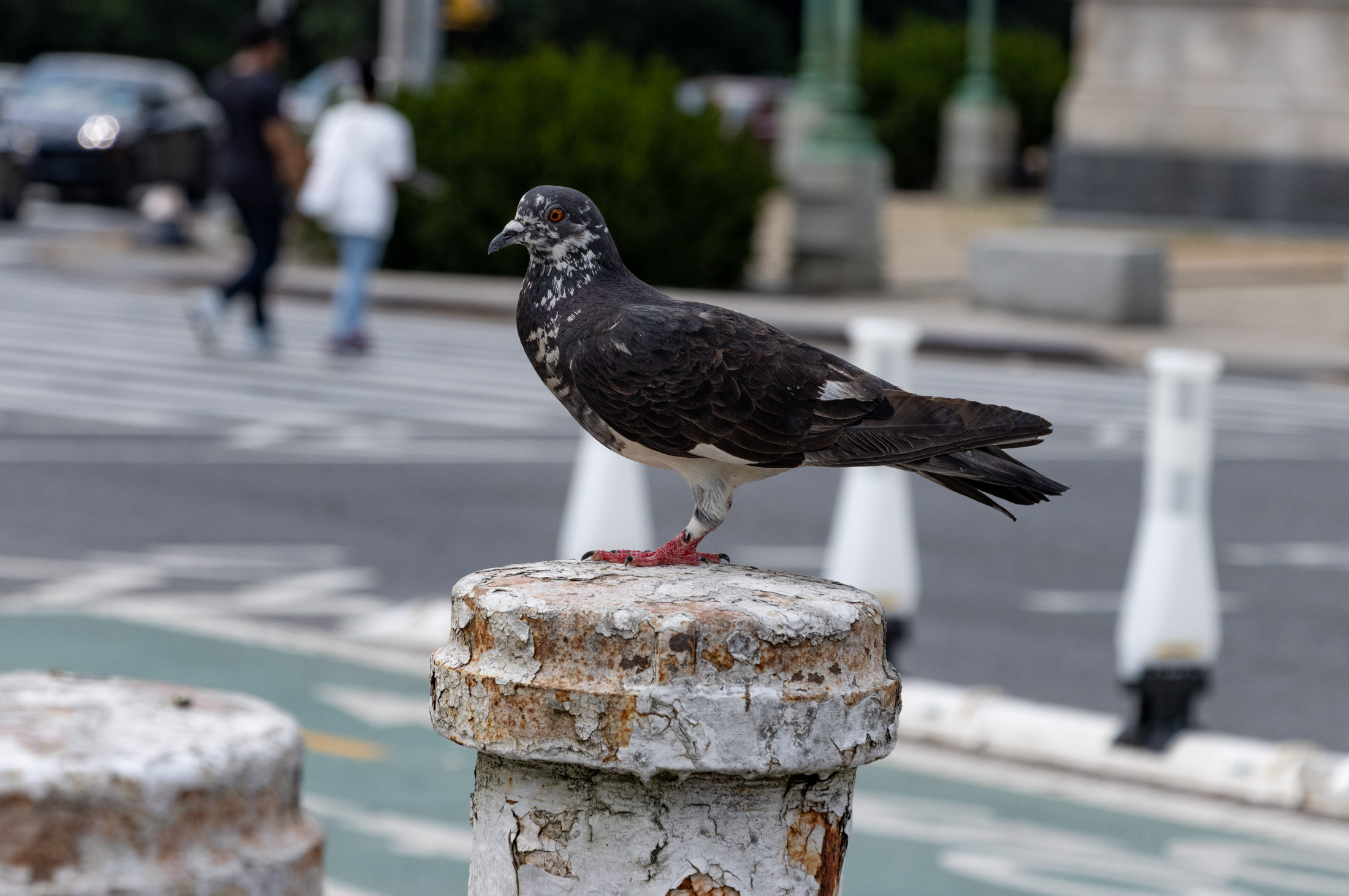


What's Your Take? Leave a Comment